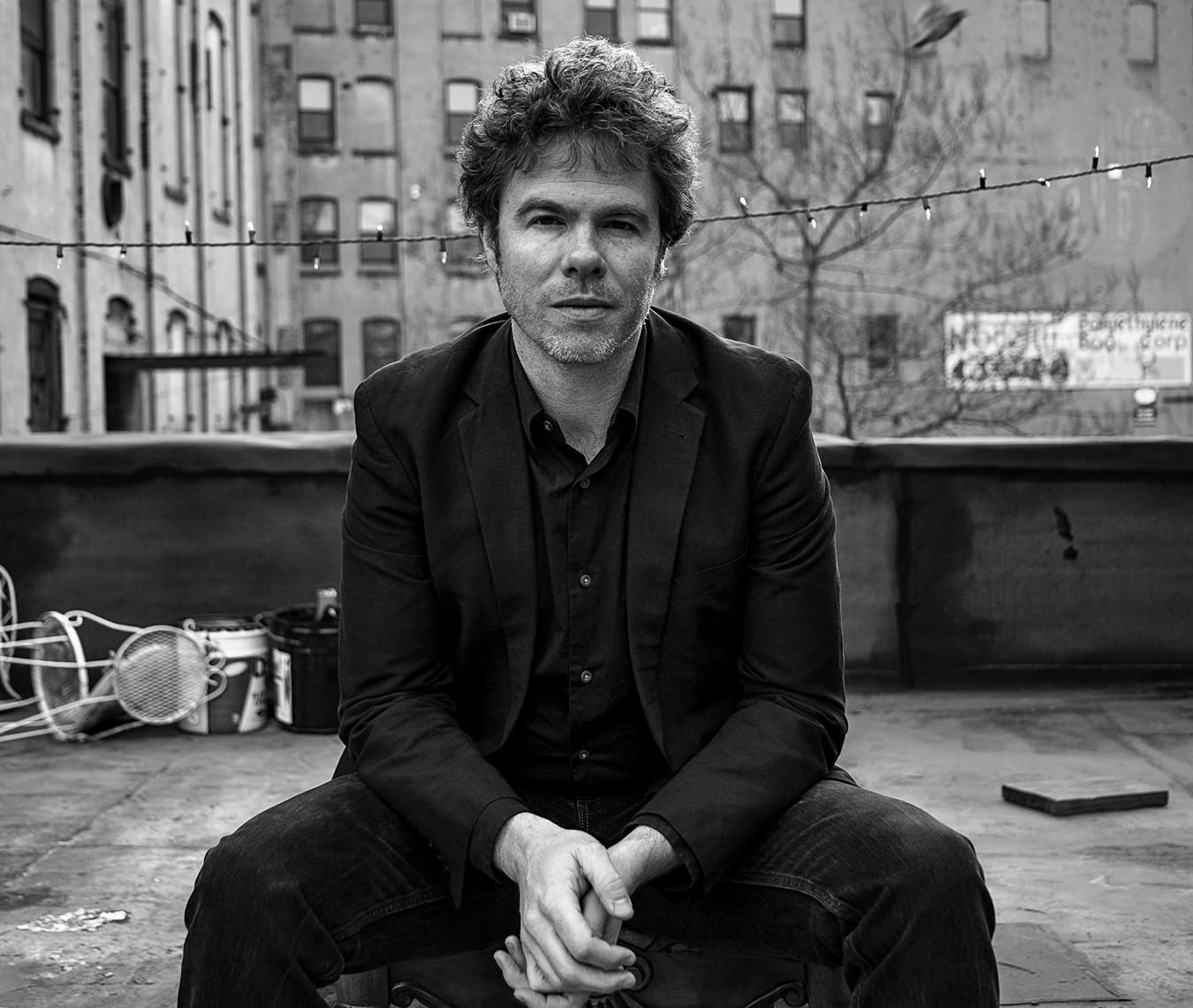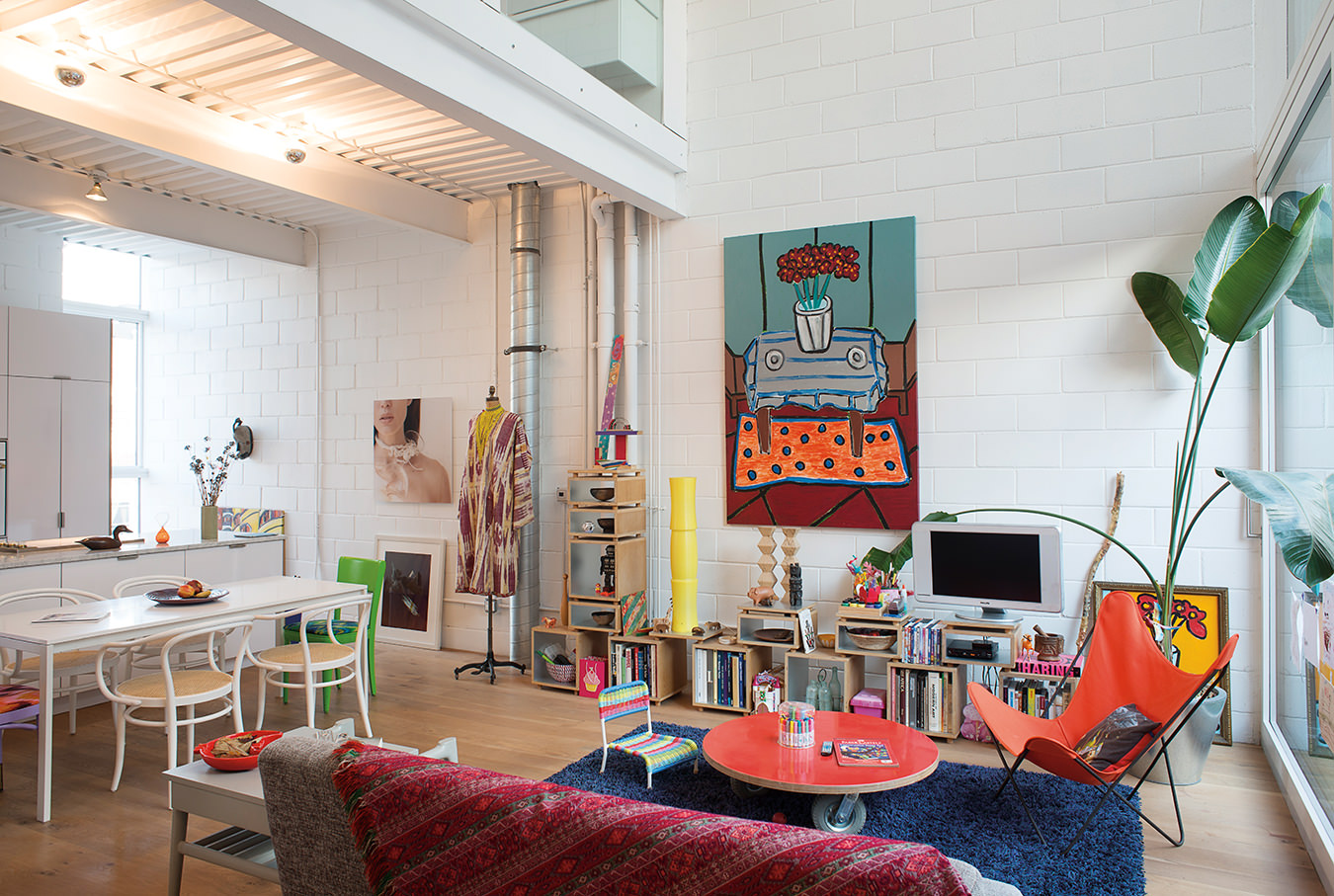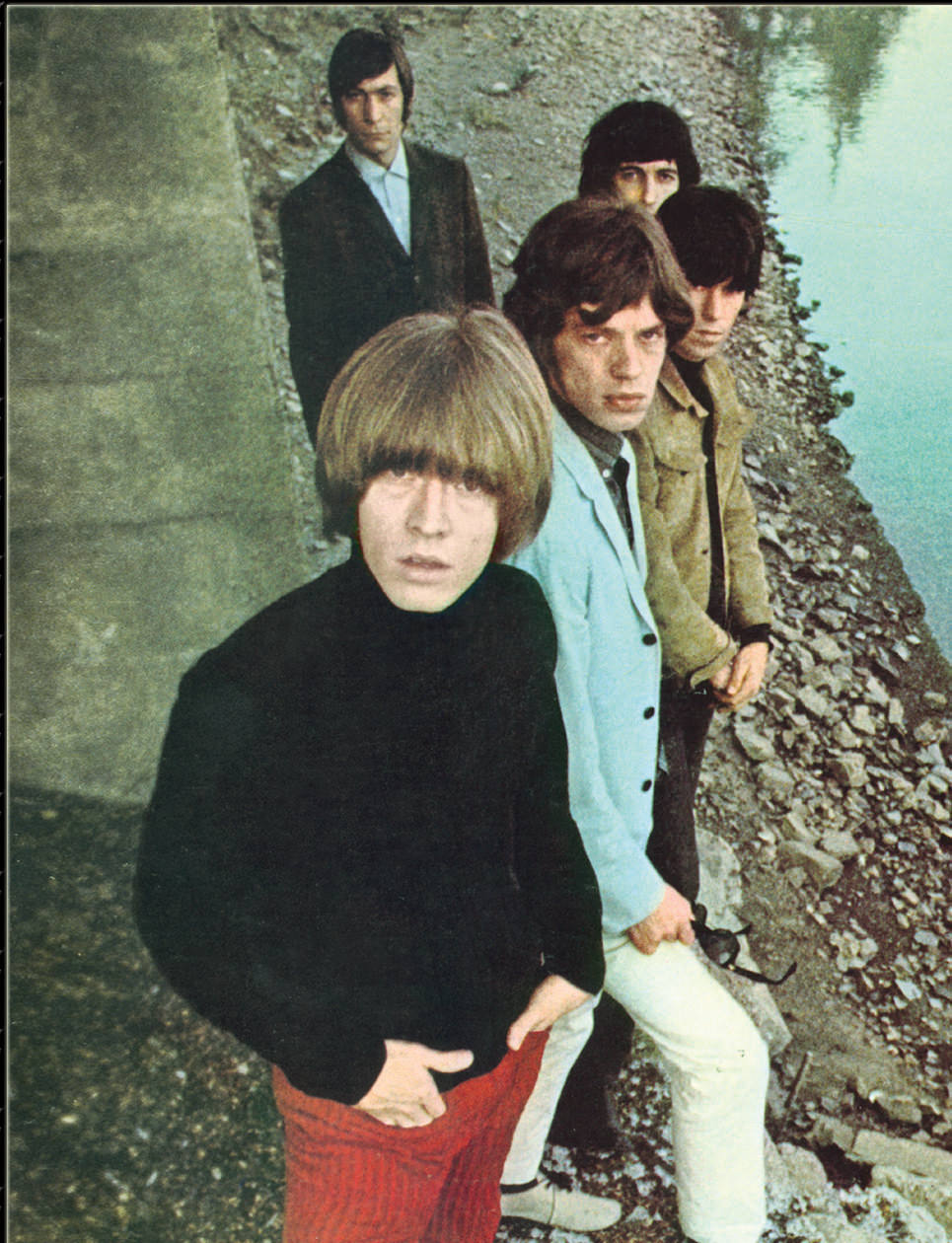Soundtrack of a Revolution
Artist Jennie C. Jones fills the stairwell at MOCA Toronto with the avant-garde sounds of 1970.

Photo by Leil Landino
There was a lot happening in the United States in 1970. In the political sphere, protests against the Vietnam War were intensifying as President Richard Nixon announced the invasion of Cambodia. During one such protest at Kent State University in Ohio, the National Guard killed and injured demonstrators. The House of Representatives had its first Black woman member in Shirley Chisholm, who was reelected to Congress in 1970, and the number of Black elected officials had grown exponentially in the wake of the Civil Rights movement of the 1960s and the Voting Rights Act of 1965.
In the realm of music, rock-and-roll superstar Jimi Hendrix died in 1970 at age 27, as did fellow icon Janis Joplin. Miles Davis released Bitches Brew, Curtis Mayfield debuted with Curtis, and Black artists were at the centre of popular music, with Aretha Franklin, James Brown, Marvin Gaye, Stevie Wonder, Sly and the Family Stone, and the Jackson Five all topping charts. Boundary-breaking, politically charged, and experimental music fuelled by the spirit of liberation in the Black Power movement was coming to the fore, with acts such as Sun Ra, Pharoah Sanders, and Alice Coltrane exploring Afrofuturism and spiritual jazz.
At the Museum of Contemporary Art in Toronto until August 3, New York–based artist Jennie C. Jones, who works across painting, drawing, sculpture, and sound art, captures the feeling of this pivotal period in Year of Construction: 1970, an “audio collage” in the museum’s South Stairwell that includes, according to MOCA’s press release, “the sounds of musician Alice Coltrane, composer Alvin Singleton, percussionist Milford Graves, and multi-instrumentalist Yusef Lateef.” It also features sounds from the Art Ensemble of Chicago and Rahsaan Roland Kirk. The piece’s location mirrors its sonic construction, with the music climbing to a crescendo before descending softly back to its starting point, akin to how bodies move on stairs.
Year of Construction: 1970 was originally commissioned in 2018 for presentation at the Sculpture Gallery in Connecticut, built in 1970 by architect Philip Johnson on the same property as his Glass House, built in 1949. The Sculpture Gallery, inspired by Greek whitewashed villages, is full of staircases, which allow artworks to be viewed from many different vantage points. “By layering radical music over Johnson’s unconventional architectural experiments,” says the press release for that exhibition, RPM (revolutions per minute), “Jones points to a more expansive history of abstraction than has been generally acknowledged—one that includes voices that had been largely excluded.”
Jones also currently has an exhibition on view at the Metropolitan Museum of Art in New York until October 19. Her project, Ensemble, is the museum’s Roof Garden Commission for 2025 and consists of three “acoustic sculptures” affixed with strings, which can be plucked, bowed, or left alone to be activated by the wind.
Jones doesn’t always present her exhibitions in peripheral spaces—in 2022, for example, she had a solo show, Dynamics, at the Guggenheim in New York—but she proves that, in the right hands, architecturally marginalized locations such as stairwells and roofs can be transformed into beautiful instruments that amplify powerful messages.




